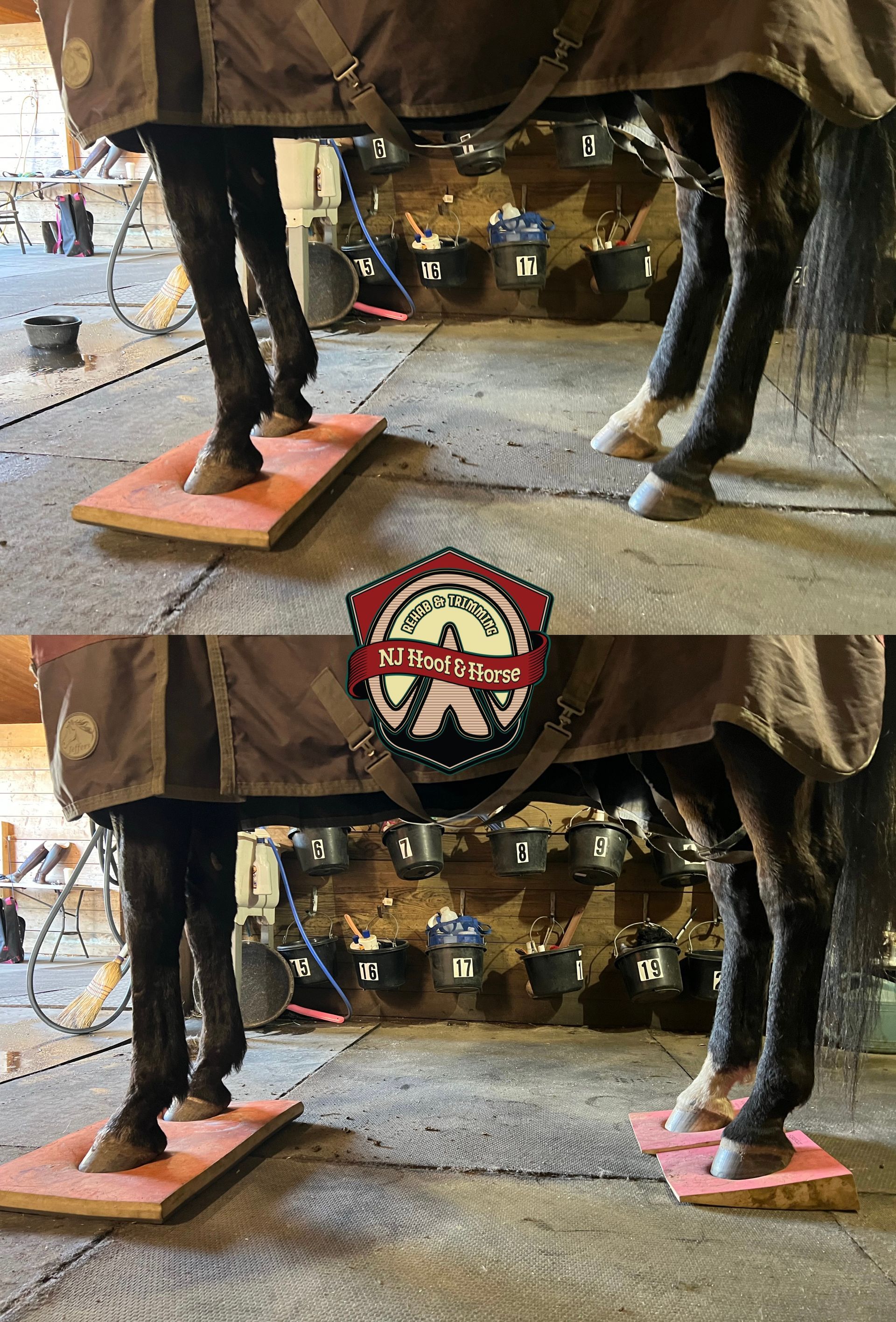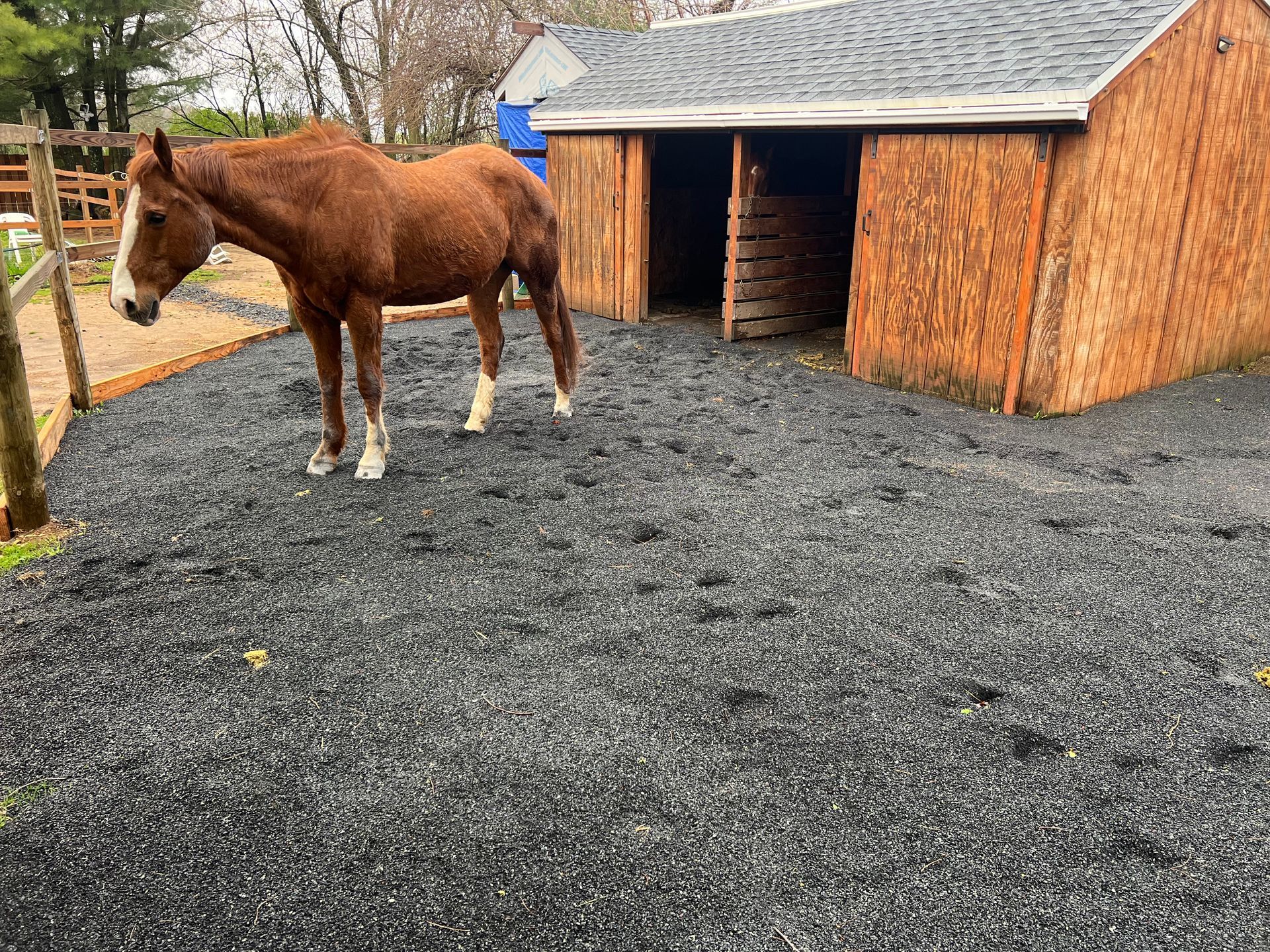Dry lots: A Lifesaver
One Minute Discussions #21
Discussing Natural Hoof & Horse Care
DRY LOTS: A LIFESAVER
Do you have a dry lot at your farm? Is there really a need for one?
Dry lots are a lifesaver not only for founder/laminitis cases but for horses that are metabolic, have chipped-up hooves, obese, have navicular, etc. I’ve seen countless instances where these types of lots helped the horse get back in shape and recover from inflammatory episodes. This is simply because there’s no rich/sweet grass for them to eat.
I always tell owners to have a dry lot “just in case”. You never know what may happen to your horse or when you’ll need to seriously monitor the intake of grass… dry lots will help you with that (and keep the horse moving at the same time).
Denys A.

